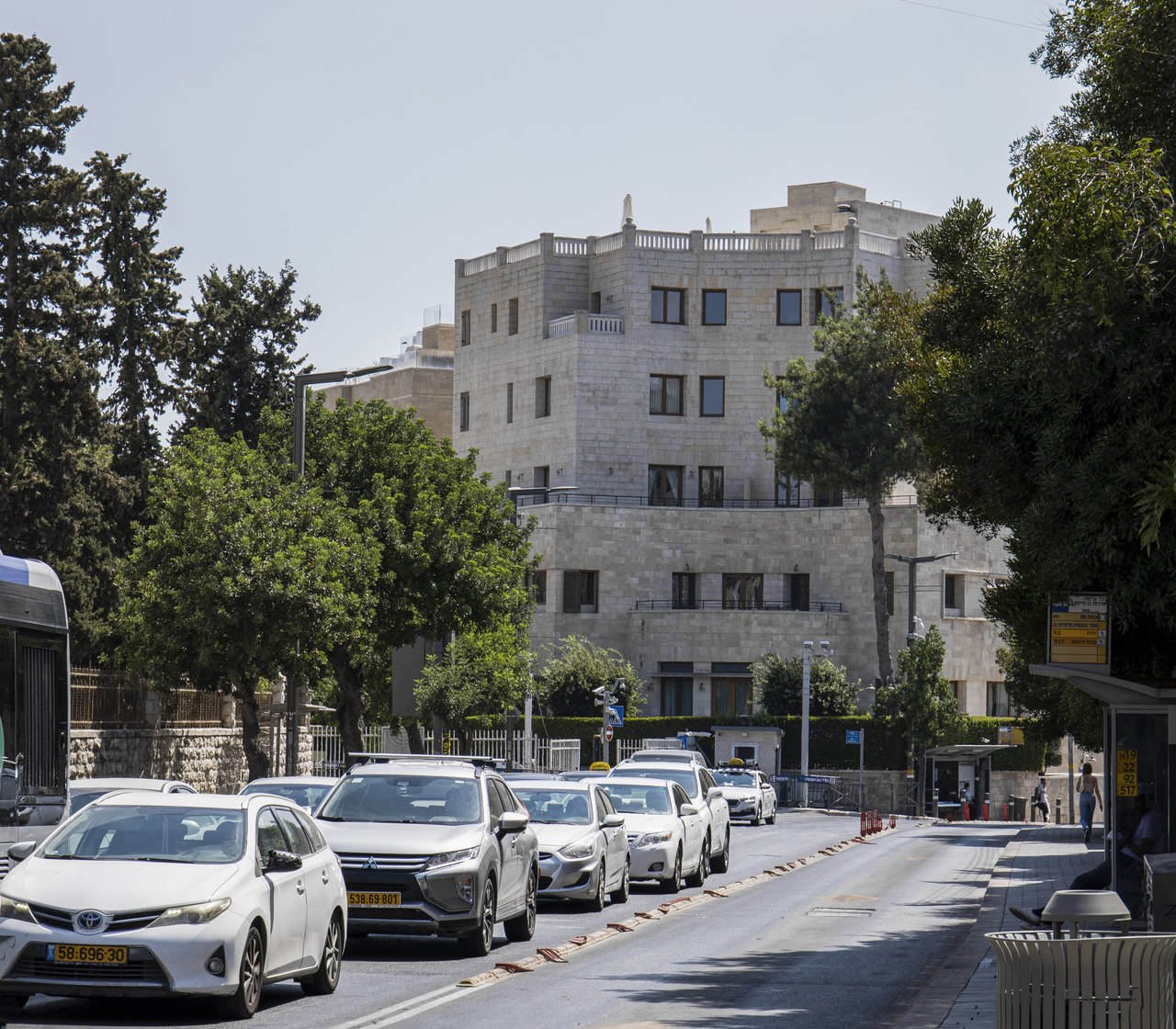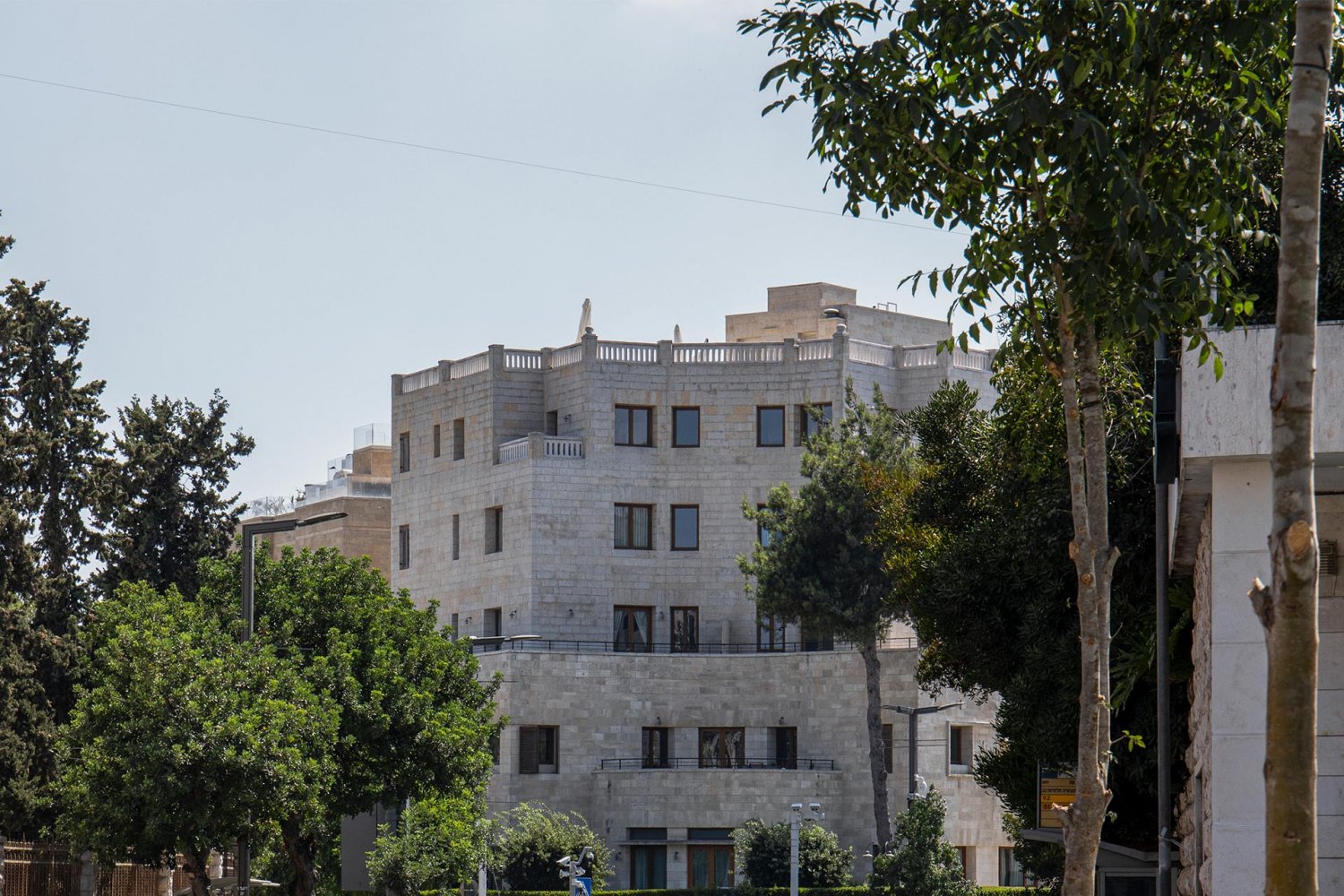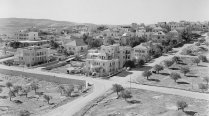At midnight on June 30, 2022, Yair Lapid, 58, became the 14th prime minister of Israel, a caretaker prime minister in an interim transitional period until the next elections, scheduled for November 1, 2022. He succeeded Naftali Bennett, who will be remembered as the shortest-serving leader in the country’s history—one year. The new prime minister, a former successful journalist and leader of the centrist Yesh Atid party, is no stranger to Israeli politics, the Palestinian and Arab presence in Jerusalem, or the history of the torn city. Nonetheless, he and wife Lihi opted to move into the magnificent home of Hanna Salameh—a wealthy Jerusalemite who was exiled and dispossessed in 1948, in the West Jerusalem neighborhood of Talbiyya—while security upgrades are made to the prime minister’s official residence just down the road on Balfour St. The move took place on July 2, 2022, and the decision has been widely condemned.
Israeli prime ministers have historically refused to inhabit the confiscated homes of Palestinians, despite having been instrumental in the dispossession of hundreds of thousands of them. Indeed, David Ben-Gurion and Levi Eshkol, two former prime ministers, did not move into Palestinian homes upon assuming power. Ben-Gurion, first prime minister of Israel and one of the architects of the Zionist strategy of transferring Palestinians out of historic Palestine, evidently said about the matter: “It’s inappropriate for an absentee’s property to serve as the prime minister’s residence.”1



